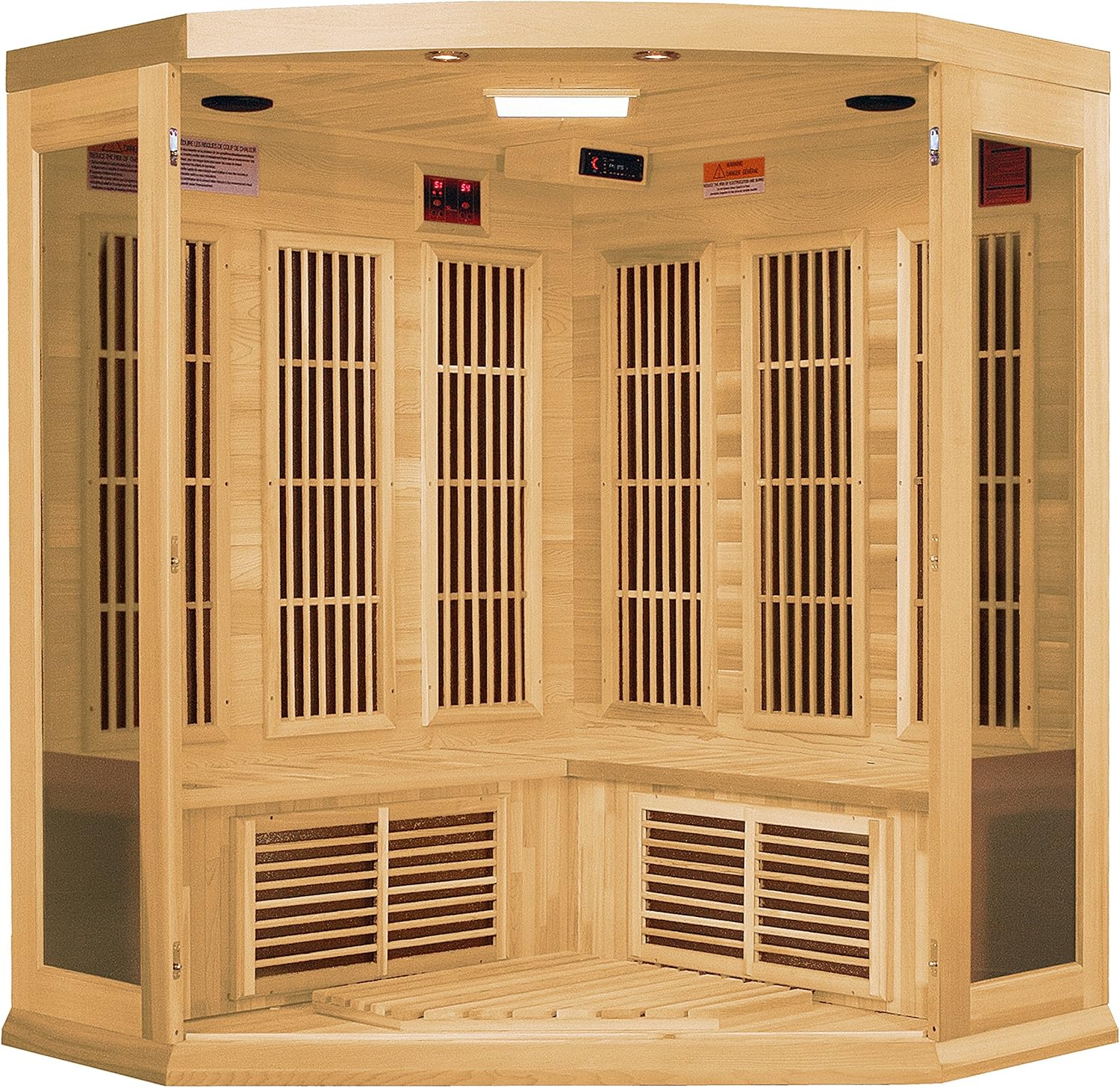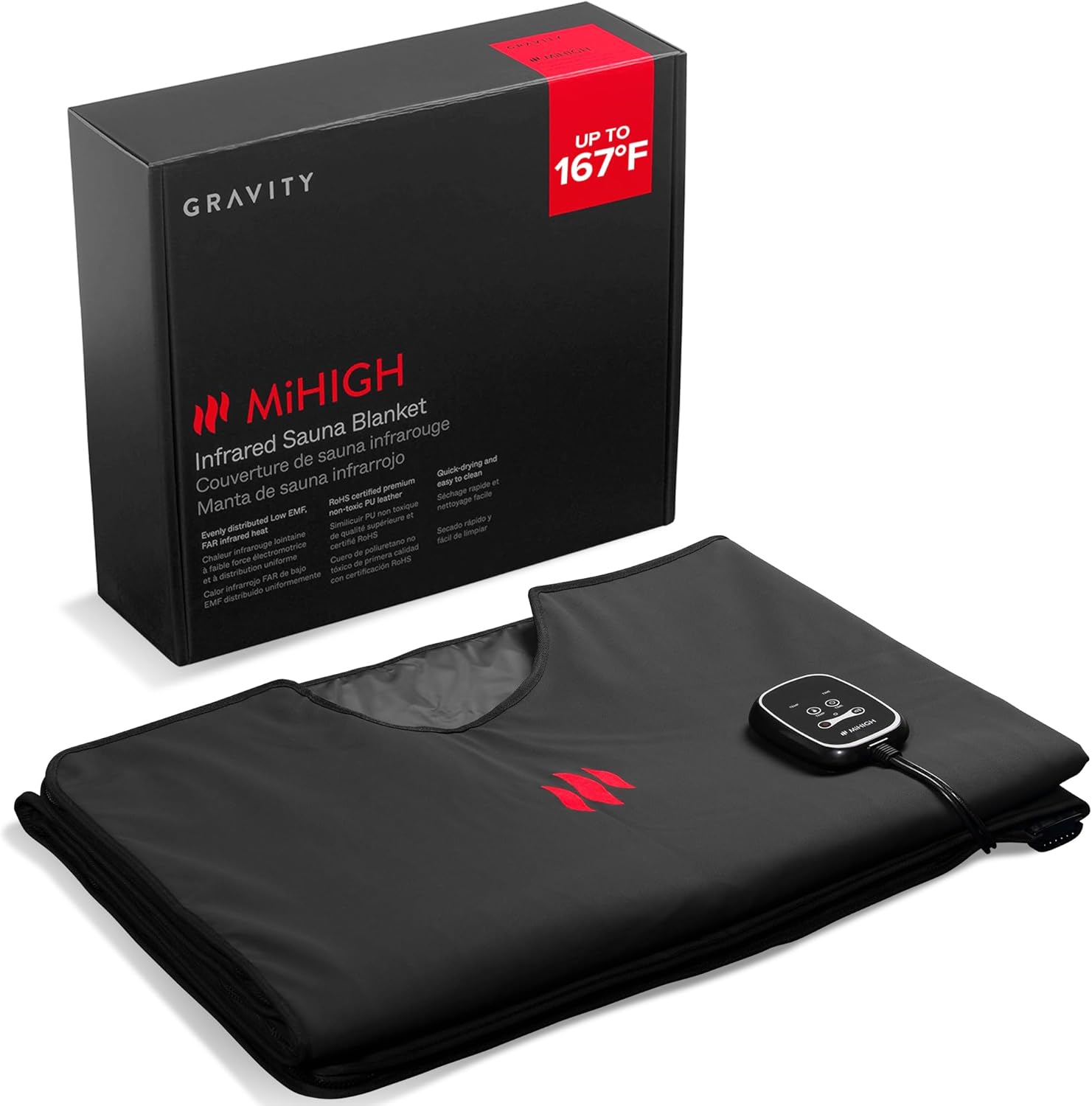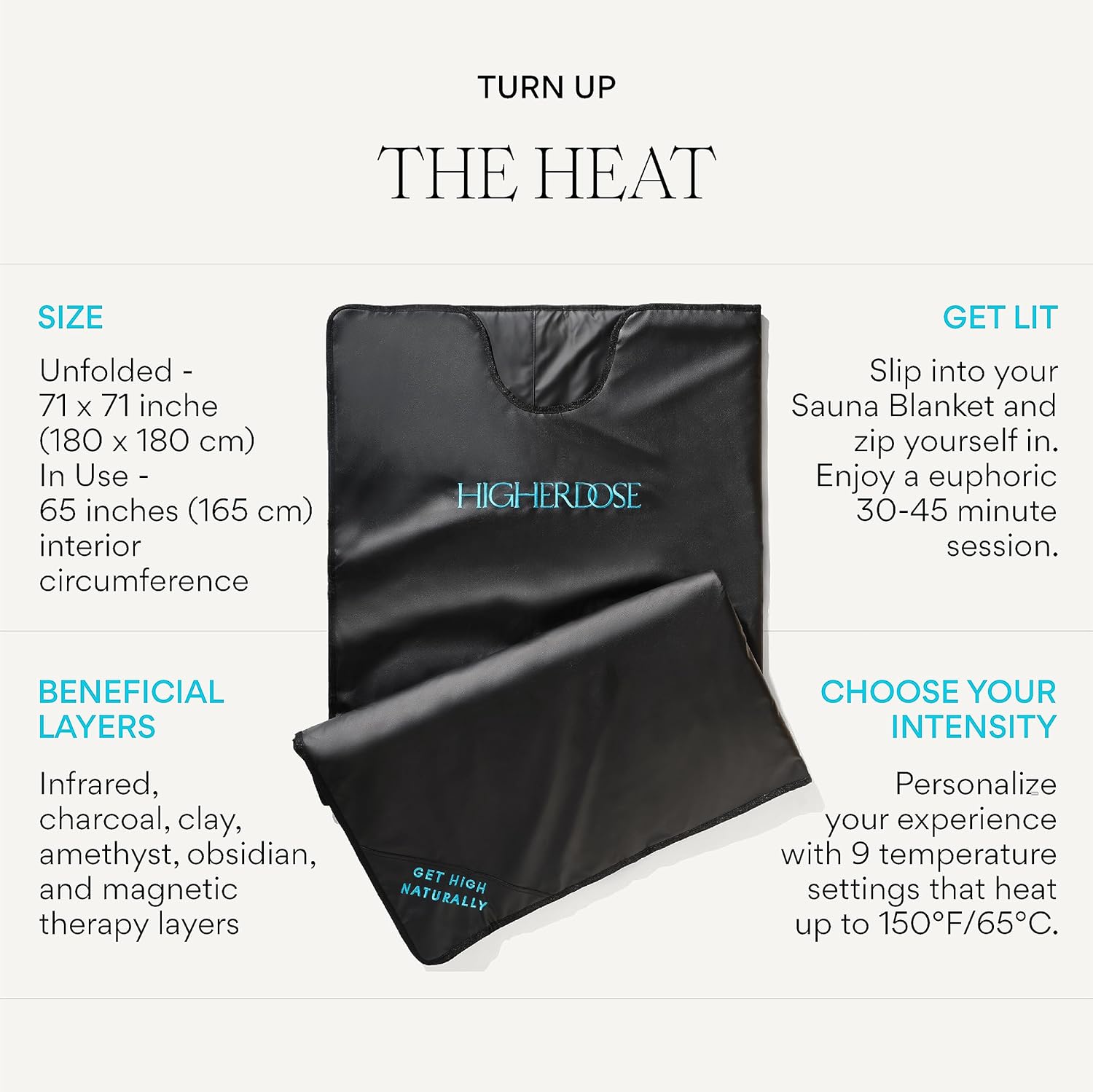The Resurgence of Outdoor Saunas
Outdoor saunas have experienced a remarkable comeback in recent years, with homeowners across the globe embracing this ancient Finnish tradition. The appeal of a private, backyard oasis dedicated to relaxation and wellness has captured the imagination of many.
This resurgence is not about luxury or trend-following – it’s rooted in a growing body of scientific evidence supporting the numerous health benefits of regular sauna use.
A cutting-edge 2015 study published in JAMA Internal Medicine revealed that frequent sauna bathing was linked to a reduced risk of cardiovascular disease and all-cause mortality. This finding sent shockwaves through the medical community and sparked renewed interest in sauna culture.
A 2018 study in the journal Neurology suggested that regular sauna use might help protect against dementia and Alzheimer’s disease.
These studies have validated what Finnish people have known for centuries – saunas are more than just a place to sweat – they’re a cornerstone of health and well-being.
The Myriad Health Benefits of Sauna Bathing
Cardiovascular Health
Regular sauna use has a profound impact on heart health. The intense heat causes blood vessels to dilate, improving circulation throughout the body.
This increased blood flow can lead to lower blood pressure and reduced strain on the heart.
Over time, these effects may contribute to a decreased risk of heart disease and stroke.
Stress Relief
In our fast-paced world, finding effective ways to unwind is crucial for mental health. Sauna sessions provide a sanctuary of heat and quiet, perfect for relaxation.
The warmth triggers the release of endorphins, our body’s natural feel-good chemicals, while simultaneously lowering cortisol levels – the hormone associated with stress.
This combination creates a powerful antidote to the daily pressures of modern life.
Detoxification
Sweating is one of the body’s primary methods for eliminating toxins. The intense heat of a sauna session induces profuse sweating, helping to flush out impurities through the skin. This process can leave you feeling refreshed and cleansed, both physically and mentally.
Muscle Recovery
Athletes and fitness enthusiasts have long sworn by saunas for muscle recovery. The heat helps increase blood flow to tired muscles, reducing soreness and promoting faster healing.
Additionally, the warmth can increase flexibility, making saunas an excellent addition to any post-workout routine.
Skin Health
The increased circulation and sweating induced by sauna use can have remarkable effects on skin health. The process helps cleanse pores, remove dead skin cells, and promote the production of collagen and elastin – proteins essential for maintaining youthful, supple skin.
Respiratory Benefits
For those suffering from respiratory issues like asthma or chronic bronchitis, sauna use may offer some relief. The warm, humid air can help open airways and loosen mucus, making breathing easier.
However, it’s crucial to talk to a healthcare provider before using a sauna if you have any respiratory conditions.
Choosing Your Perfect 2-Person Outdoor Sauna
Selecting the right outdoor sauna for your space involves careful consideration of several factors. Let’s explore the key elements to keep in mind when making your decision.
Size and Design
A typical 2-person outdoor sauna measures between 4×4 feet to 5×7 feet. This compact size makes it suitable for most backyards, even those with limited space.
When choosing a design, consider how it will fit into your existing landscape and complement your home’s architecture.
Some popular design options include:
Barrel saunas: These cylindrical structures offer a unique, rustic look and efficient heat distribution.
Cabin-style saunas: With their traditional appearance, these blend well with most home styles.
Modern cube saunas: For those seeking a more contemporary aesthetic, these sleek designs make a bold statement.
Material
The choice of material for your sauna is crucial for both aesthetics and functionality. Cedar is the most popular option due to it’s natural resistance to decay and insects, as well as it’s pleasant aroma.
However, other woods like hemlock or pine can also be excellent choices.
When selecting your sauna material, consider:
Durability: How well will the wood withstand outdoor conditions in your climate?
Maintenance requirements: Some woods need more upkeep than others.
Aesthetic appeal: Choose a wood that complements your outdoor space.
Heat retention: Different woods have varying insulation properties.
Heating Method
The heating method you choose will significantly impact your sauna experience. There are three main options to consider:
Wood-fired saunas: These offer the most traditional experience, with the crackling of burning wood adding to the ambiance.
They need more maintenance and attention but provide an authentic Finnish sauna experience.
Electric saunas: The most convenient option, electric saunas are easy to use and maintain. They heat up quickly and allow for precise temperature control.
Infrared saunas: These use a different heating method, emitting infrared radiation that directly heats the body as opposed to the air.
Some users find this more comfortable, as it allows for lower air temperatures while still providing deep heat penetration.
Each heating method has it’s pros and cons, so consider your priorities in terms of authenticity, convenience, and comfort when making your choice.
Additional Features
To elevate your sauna experience, consider incorporating some extra features:
Built-in speakers: Enjoy your favorite music or podcasts while you relax.
Chromotherapy lighting: Different colored lights can enhance mood and relaxation.
Wi-Fi connectivity: Control your sauna settings from your smartphone.
Himalayan salt walls: These can add a touch of luxury and may offer extra health benefits.
Ergonomic seating: Ensure most comfort during your sauna sessions.
Thermometer and hygrometer: Keep track of temperature and humidity levels.
Remember, while these features can enhance your experience, they’re not essential. Focus on the core elements that matter most to you.
Installation and Maintenance
Installation
Installing a 2-person outdoor sauna can be a rewarding DIY project for people who have some construction experience. Many manufacturers offer pre-cut kits designed for easy assembly.
However, if you’re not confident in your skills, professional installation is always an option.
Key considerations for installation include:
Foundation: Ensure you have a level, stable base for your sauna.
This could be a concrete pad, deck, or gravel bed.
Electrical requirements: If opting for an electric or infrared sauna, you’ll need to confirm proper wiring and power supply.
Ventilation: Proper airflow is crucial for a comfortable and safe sauna experience.
Drainage: Consider how water will drain away from your sauna to prevent moisture issues.
Maintenance
Regular maintenance is essential to keep your outdoor sauna in top condition for years to come. Here are some key maintenance tasks:
Cleaning: Regularly sweep and mop the interior to remove dirt and sweat residue.
Use mild, non-toxic cleaners to avoid harmful fumes when the sauna is heated.
Wood treatment: For wooden saunas, apply a protective sealant annually to guard against moisture and UV damage.
Heater maintenance: Clean and inspect your heater regularly, following the manufacturer’s guidelines.
Check for leaks: Periodically inspect the roof and walls for any signs of water ingress.
Ventilation: Ensure vents stay unobstructed and functioning properly.
Pest control: Keep an eye out for signs of insects or rodents, especially in wooden structures.
By staying on top of these maintenance tasks, you’ll confirm your sauna stays a safe and enjoyable retreat for years to come.
Maximizing Your Sauna Experience
To get the most out of your new outdoor sauna, consider incorporating these tips into your routine:
Gradual Acclimation
If you’re new to sauna bathing, start with short sessions of 5-10 minutes. Gradually increase the duration as your body becomes accustomed to the heat.
Listen to your body and exit the sauna if you feel uncomfortable.
Hydration is Key
Proper hydration is crucial for safe and enjoyable sauna use. Drink water before, during, and after your sauna session to replace fluids lost through sweating.
Consider keeping a water bottle in or near your sauna for easy access.
Temperature Contrast
Many sauna enthusiasts swear by the practice of alternating between hot and cold. After your sauna session, try a cool shower or a quick dip in a pool if available.
This contrast can invigorate your body, boost circulation, and enhance the overall benefits of your sauna experience.
Aromatherapy
Enhance your relaxation by incorporating aromatherapy into your sauna sessions. Add a few drops of essential oils like eucalyptus, lavender, or pine to water before pouring it over the hot stones.
The resulting steam will fill the sauna with soothing scents, elevating your experience.
Mindfulness and Meditation
Use your sauna time as an opportunity for mindfulness or meditation. The quiet, warm environment is perfect for clearing your mind and focusing on your breath.
This practice can amplify the stress-relieving benefits of sauna use.
Timing Your Sessions
Experiment with different times of day for your sauna sessions to find what works best for you. Some people prefer morning sessions to energize them for the day ahead, while others find evening sessions help them unwind and prepare for a good night’s sleep.
Post-Sauna Relaxation
After your sauna session, take some time to cool down gradually. Sit or lie down in a comfortable spot, allowing your body temperature to normalize.
This is an excellent time for gentle stretching or simply enjoying the post-sauna glow.
Potential Challenges and Solutions
While outdoor saunas offer numerous benefits, there are some challenges to be aware of:
Zoning Laws and Permits
Before installing your outdoor sauna, check your local regulations regarding outdoor structures. Some areas may need permits for sauna installation.
Research your local zoning laws or talk to a local contractor familiar with these regulations.
Energy Efficiency
To minimize environmental impact and energy costs, consider an energy-efficient model. Look for saunas with good insulation and energy-efficient heaters.
Some manufacturers even offer solar-powered options for the eco-conscious sauna enthusiast.
Privacy Concerns
If your backyard is overlooked by neighbors, you may have concerns about privacy during sauna sessions. Consider strategic placement of your sauna or extra landscaping to create a more private environment.
Options include:
Planting tall shrubs or trees around the sauna area
Installing privacy screens or trellises
Positioning the sauna entrance away from neighboring properties
Weather Protection
While outdoor saunas are designed to withstand the elements, extreme weather conditions can take their toll. Consider installing your sauna under a protective overhang or building a small shelter around it to extend it’s lifespan.
Seasonal Adjustments
Depending on your climate, you may need to make adjustments to your sauna use throughout the year. In colder months, you might need to allow more time for the sauna to heat up.
In summer, you may prefer shorter sessions or lower temperatures.
The Social Aspect of Sauna Bathing
While a 2-person sauna is perfect for intimate relaxation, it can also be a social space. In Finnish culture, the sauna is often a place for bonding and conversation.
Embrace this tradition by inviting friends or family to share in the experience.
Sauna Etiquette
When sharing your sauna with others, it’s important to establish some basic etiquette:
Shower before entering the sauna to maintain cleanliness.
Use a towel to sit on, both for hygiene and comfort.
Respect others’ personal space and comfort levels with heat.
Keep conversation light and relaxing.
Be mindful of time if others are waiting to use the sauna.
Hosting Sauna Gatherings
Consider hosting small sauna gatherings as a unique way to socialize. You could combine sauna sessions with other activities like:
Outdoor grilling
Stargazing on clear nights
Enjoying refreshing drinks and snacks between sessions
Gentle yoga or stretching
Remember, the goal is relaxation and connection, so keep the atmosphere casual and welcoming.
Adapting Your Sauna Use Throughout the Year
One of the beauties of an outdoor sauna is it’s year-round usability. Each season offers unique opportunities to enhance your sauna experience.
Winter Wonderland
In winter, your outdoor sauna becomes a cozy retreat from the cold. The contrast between the frigid outdoor air and the warm sauna can be invigorating.
Consider these winter sauna tips:
Keep a path to your sauna clear of snow and ice.
Have warm, fluffy robes and slippers ready for before and after your session.
Try the traditional Finnish practice of rolling in the snow between sauna sessions (if safe to do so).
Spring Renewal
As nature awakens, use your sauna sessions as part of a spring detox routine. Combine sauna use with:
Gentle exercise like yoga or tai chi
Seasonal cleansing diets
Outdoor meditation in your freshly blooming garden
Summer Cooldown
In summer, your sauna can be part of a refreshing routine when paired with a cool pool or outdoor shower. Try these summer sauna ideas:
Lower the sauna temperature for shorter, less intense sessions.
Follow your sauna with a dip in a cool pool or a refreshing outdoor shower.
Enjoy fresh, hydrating fruits and beverages after your session.
Autumn Reflection
As the days grow shorter, use your sauna time for reflection and relaxation. Enhance your autumn sauna experience by:
Incorporating seasonal aromatherapy scents like cinnamon or pine
Using the sauna as a warm-up before an evening stroll to enjoy the fall colors
Combining sauna sessions with journaling or goal-setting for the coming winter
By adapting your sauna use to the changing seasons, you’ll confirm that your outdoor sauna stays a valuable part of your wellness routine all year round.
People Also Asked
What is the ideal temperature for a 2-person outdoor sauna?
The ideal temperature for a traditional Finnish-style sauna typically ranges between 150°F to 195°F (65°C to 90°C). However, personal preferences vary, and some people prefer lower temperatures, especially in infrared saunas.
How long should a sauna session last?
For beginners, 10-15 minutes is a good starting point. Experienced sauna users often enjoy sessions lasting 15-30 minutes.
Always listen to your body and exit the sauna if you feel uncomfortable.
Are outdoor saunas safe to use in all weather conditions?
Most outdoor saunas are designed to withstand various weather conditions. However, extreme weather events may need extra precautions.
Always follow the manufacturer’s guidelines for safe operation.
How much does it cost to run an outdoor sauna?
The cost varies depending on the type of sauna and frequency of use. Electric saunas typically cost $1-$3 per hour to operate.
Wood-fired saunas may be more economical but need the purchase of wood.
Can I use my outdoor sauna year-round?
Yes, outdoor saunas can be used throughout the year. They provide a cozy retreat in winter and can be part of a refreshing routine in summer when paired with cool-down activities.
How often should I use my outdoor sauna?
The frequency of sauna use depends on personal preference and health considerations. Many enthusiasts enjoy daily sessions, while others prefer 2-3 times per week.
Consult with a healthcare provider if you have any health concerns.
Do outdoor saunas need a lot of maintenance?
While outdoor saunas do need some maintenance, it’s generally not extensive. Regular cleaning, occasional wood treatment (for wooden saunas), and periodic checks of the heating system are typically sufficient.
Can outdoor saunas help with weight loss?
While saunas can cause temporary weight loss due to fluid loss through sweating, they are not a substitute for diet and exercise. However, regular sauna use may support overall health and wellness goals.
Are there any health conditions that preclude sauna use?
Certain health conditions may make sauna use inadvisable. These include uncontrolled high blood pressure, heart conditions, and pregnancy.
Always talk to a healthcare provider before starting a sauna routine.
How do I choose between a traditional and an infrared sauna?
The choice between traditional and infrared saunas depends on personal preference. Traditional saunas offer higher temperatures and humidity, while infrared saunas operate at lower temperatures and directly heat the body.
Consider trying both types to see which you prefer.
Key Takeaways
Regular sauna use offers numerous health benefits, including improved cardiovascular health, stress relief, and potential protection against cognitive decline.
When choosing a 2-person outdoor sauna, consider factors such as size, material, heating method, and extra features to find the perfect fit for your space and preferences.
Proper installation and regular maintenance are crucial for the longevity and safety of your outdoor sauna.
Maximize your sauna experience by gradually acclimating to the heat, staying hydrated, and incorporating practices like aromatherapy and mindfulness.
Be aware of potential challenges such as zoning laws, energy efficiency, and privacy concerns, and plan accordingly.
Embrace the social aspect of sauna bathing by sharing the experience with friends and family, while respecting sauna etiquette.
Adapt your sauna use throughout the year to take full advantage of it’s benefits in every season.


